
The Anthropocene as the age of massive energy consumption
Energy
Available energy represents the capacity to transform a system.
Human activity, which transforms the "Earth system", is therefore energy-consuming.
As human activity has been growing rapidly for several decades, it consumes more and more energy and is transforming the world more and more rapidly.
In two centuries, world energy consumption has been multiplied by 30: it reached nearly 180,000 terawatt-hours (TWh) in 2022, compared to just under 90,000 TWh in 1980 or 6,000 TWh in 1800 [1].
Energy is totally linked to the processes of extraction and transformation of natural resources. Some extracted resources can be used directly as energy sources (this is the case, for example, of fossil fuels or biomass, which transformation by combustion makes it possible to recover the energy concentrated in the material), or can be used for manufacturing energy capture systems (e.g. solar panels or wind turbines, which capture the diffuse energy from the sun or the wind).
To be used, an energy must be captured, transported and, if possible, stored. As fossil fuels consists in energy concentrated in solid, liquid or gaseous forms, they are easy to capture, to transport and to store. These properties convey them decisive advantages over other energy sources.
In fact, the advent from 1850 of fossil fuels, with first coal followed by oil and gas, played a fundamental role in the extension of the power of transformation of humans. The massive exploitation of fossil fuels was thus a crucial determinant of this phase called the "Great Acceleration", which led to the world as we know it today.
The consumption of fossil fuels has been increasing continuously for decades (between 1950 and 2020, it increased by 3 for coal, by 9 for oil and by 18 for gas). Coal, oil and gas still represent approximately 80% of the world's actual energy mix [1].
The use of energy by burning fossil resources releases in the form of CO2 the carbon that has been trapped in the Earth's crust for millions of years. Thus, the burning of fossil fuels is responsible for about 75% of global greenhouse gas emissions [2].
Other enery sources are added to these primary sources in order to satisfy growing human needs: biomass (a historical source of energy, used for hundreds of thousands of years), hydroelectricity, nuclear, wind or solar are some examples of alternative energy sources adding to fossil fuels, even if their contribution to the global mix remains rather minor.
Key messages
The exploitation of fossil fuels since around 1850 has played a crucial role in the rapid growth of human activity in recent decades, and therefore in the strengthening of the Anthropocene and the advent of the present world. Our civilization is therefore sometimes called the "thermo-industrial civilization" to undeerly its absolute dependence on fossil fuels. Between 1950 and 2020, coal consumption increased by 3 (from 13,000 to 42,000 TWh), that of oil by 9 (from 5,000 to 49,000 TWh) and that of gas by 18 (from 2,000 to 39 000 TWh) [1].
Fossil fuels are almost (but the "almost" is important!) ideal sources of energy: energy is concentrated in solid (coal), liquid (oil), or gaseous (gas) matter, which constitutes a considerable advantage for its capture, its transport or its storage.
Fossil fuels changed the world by acting on two levers: 1) by providing the sufficient energy to run millions of machines infinitely more powerful than humans, they have increased our productivity in an extraordinary way; 2) by constituting the basis for the making of synthetic fertilizers, they have contributed to considerably increase agricultural yields and to reduce just as considerably the area of land as well as the labor necessary for agriculture.
The exploitation of these energy sources however has some significant shortcomings. Extraction in itself involves a major alteration of natural environments. Transport, then, also requires massive infrastructure, such as gigantic pipelines. In addition, the combustion of fossil resources generates pollutants, in particular CO2. The burning of fossil resources is thus responsible for about 75% of global CO2 emissions and is the primary determinant of ongoing climate change [2]. Finally, since fossil fuels are concentrated in matter forms, their reserves are limited. Because our needs are constantly increasing, they are increasingly difficult to meet: deposits are increasingly difficult to access, and their exploitation is carried out at ever-increasing energy and environmental costs.
Hambach Coal Mine in Germany (top), Kern River Oil Field in California (middle) and Trans-Alaska Oil Pipeline (bottom).
Source of images: Pixabay for the top image; Antandrus at English Wikipedia, CC BY-SA 3.0 <https://creativecommons.org/licenses/by-sa/3.0>, via Wikimedia Commons for the image in the middle; I, Luca Galuzzi, CC BY-SA 2.5 <https://creativecommons.org/licenses/by-sa/2.5>, via Wikimedia Commons for the bottom image.



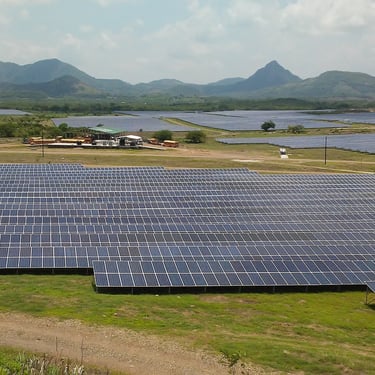
At the global scale, electricity production is still mainly ensured from fossil resources (60% in 2022 for example [1]). However, other means can be used to generate electricity. Hydroelectric dams or nuclear fission are two alternative means. In 2022, they ensured respectively 15% and 9% of the world electricity production [1].
France, which has very few fossil fuel reserves, relied heavily on the development of hydroelectricity and nuclear power during the 20th century to ensure its electricity supply. A large number of hydroelectric dams were built from the beginning of the 20th century, while civil nuclear power developed strongly from 1950. In France, nuclear power produces almost 70% of the national electricity, while hydroelectric plants produce between 10 and 20%, depending on hydrological conditions.
Unlike fossil fuels, nuclear and hydroelectricity are relatively low emitters of greenhouse gases (however, emissions related to the construction and maintenance of infrastructure must be taken into account). They can nevertheless induce very strong modifications of the terrestrial surface, in particular the hydroelectric dams which largely modify natural habitats and water cycle.
Three Gorges Dam in China (top) and Grohnde Nuclear Power Plant in Germany (bottom).
Source of images: Le Grand Portage Derivative work: Rehman, CC BY 2.0 <https://creativecommons.org/licenses/by/2.0>, via Wikimedia Commonset for top image (https://commons.wikimedia.org/wiki/File:ThreeGorgesDam-China2009.jpg); Pixabay for bottom image.
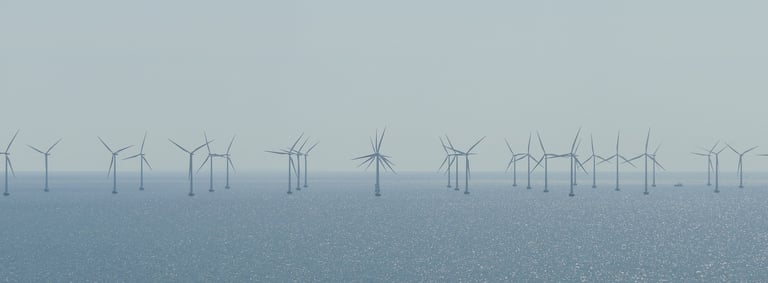







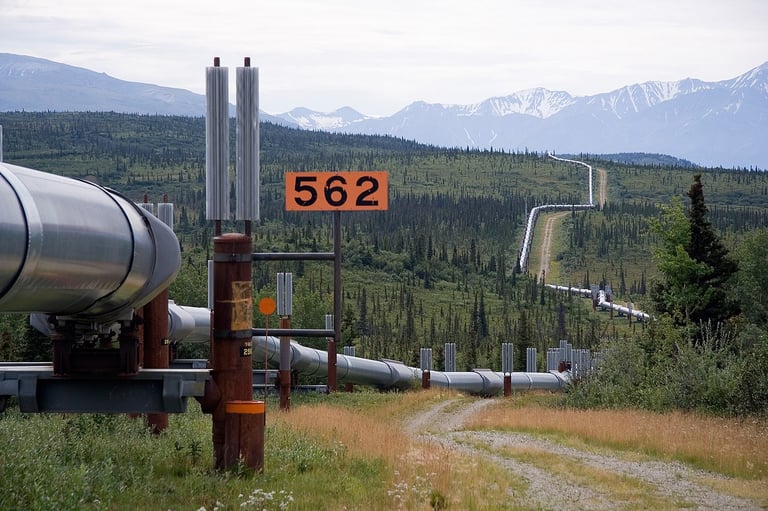



So-called "renewable" energies have been on the rise for several decades, particularly solar and wind power. These energy sources have been promoted as "clean energy". However, they are sometimes harshly criticized. Criticisms denounce the harmful impacts of the technologies necessary to effectively exploit these energies, as well as the systematic minimization of these impacts by the industrial and political world.
Both wind and solar indeed have several major faults, which explain the ruthless hegemony of fossil fuels since 1850. The first major fault of wind and solar is that the energy being diffused there (unlike fossil fuels which are "concentrated" in matter), it is necessary to build capture systems to recover it.
These capture systems are photovoltaic panels for the sun and wind turbines for the wind. The latter are the subject of the harshest criticisms: kind of metal monsters of several tens of meters high, their manufacture requires large quantities of various metals, while their establishment implies significant disturbances (creation of access roads, construction of concrete foundations...). The manufacture and the installation of wind turbines and photovoltaic panels involve a strong artificialization of the soil and a massive use of fossil fuels. Wind like sun does not pollute; wind turbines and photovoltaic panels do so.
The second big fault of these technologies lies is the intermittency and the impossibility of large-scale storage: the wind does not always blow and the sun does not shine for long, so that wind turbines like solar panels do not work continuously. Given that the energy recovered when they operate cannot be massively stored, they must systematically be coupled with a so-called "controllable" system (i.e. whose production can be adapted to demand), for example based on coal, hydropower or nuclear.
Today, the contribution of so-called renewable energies to the global energy mix remains marginal but is increasing: wind and solar represent 5% of the global energy mix, and around 12% of the electricity produced [1]. However, as global consumption continues to rise sharply, these energy sources do not replace fossil fuels but add to them, shattering the myth of the energy transition.


Oil, gas and coal are the primary energy sources for human activity
Hydroelectricity and nuclear power represent additional energy sources
Wind and solar are still marginal
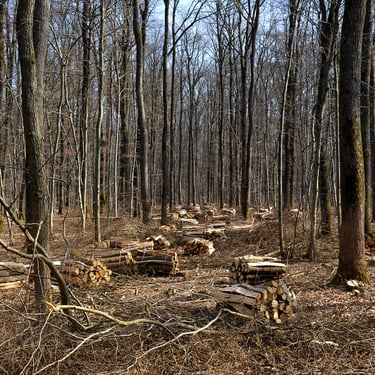
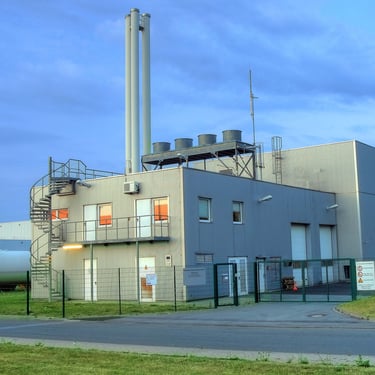
Biomass as an historical source of energy
Wind and solar are not the only so-called "renewable" energies. Biomass, in particular wood, remains the historical source of renewable energy, especially since the domestication of fire at least 400,000 years ago!
Today, biomass represents more than 5% of our energy mix [1]. Two centuries ago, it was almost 100%! However, our energy consumption having increased considerably, we consume in absolute terms twice as much biomass today as two centuries ago [1].
The renewable character of biomass and in particular of wood depends on a reasoned harvesting of resources: since a tree takes several tens or hundreds of years to reach its "adult" size, its removal cannot be immediately "compensated". Today, the development of biomass power plants (to produce electricity from biomass; bottom right image) involves a risk of increasing pressure on forests and competition with other uses of wood, for example in construction or furniture.
Source of images: Popolon, CC BY-SA 3.0 <https://creativecommons.org/licenses/by-sa/3.0>, via Wikimedia Commons for the second image from the top (https://commons.wikimedia.org/wiki/File:Gansu.Guazhou.windfarm.croped.jpg); Pixabay for the others.
Source of images: Pixabay.
References
[1] H. Ritchie, M. Roser, et P. Rosado, « Energy », Our World in Data, 2022. https://ourworldindata.org/energy
[2] H. Ritchie, M. Roser, et P. Rosado, « CO₂ and Greenhouse Gas Emissions », Our World in Data, 2020. https://ourworldindata.org/co2-and-greenhouse-gas-emissions
